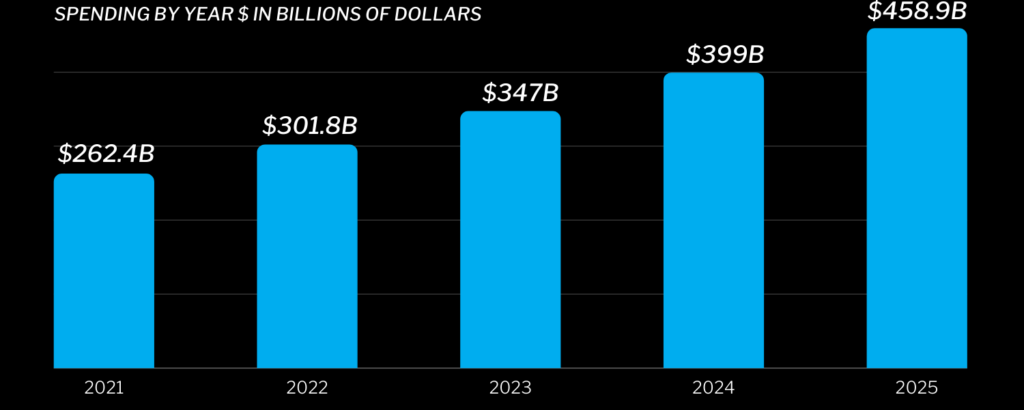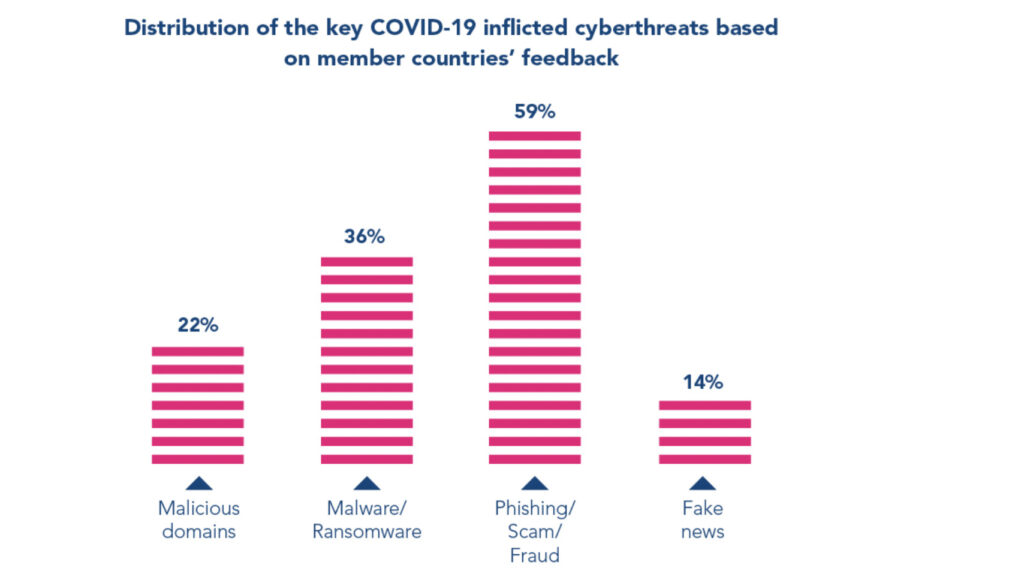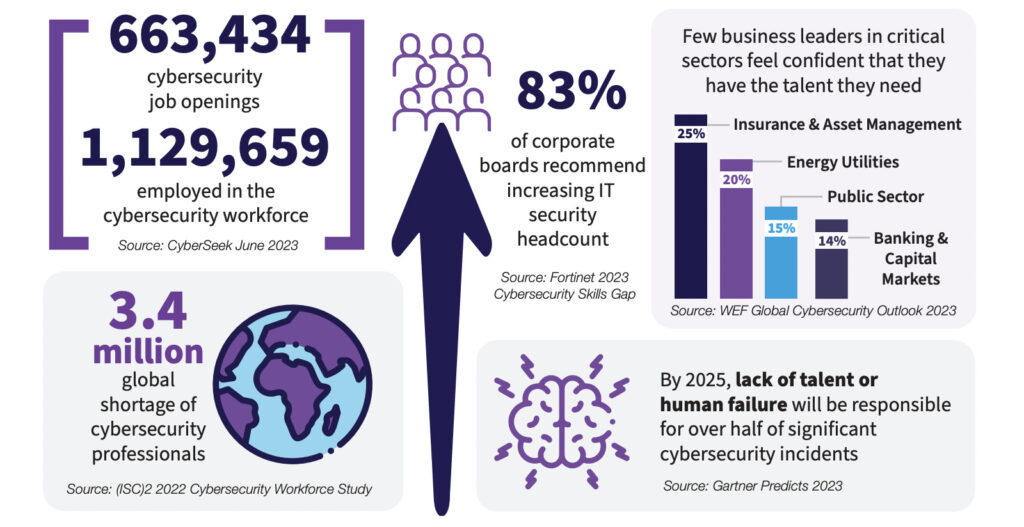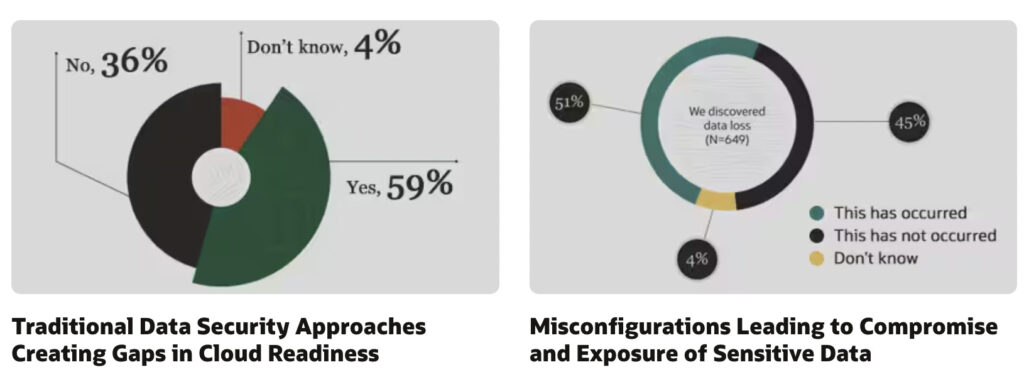As we become more connected to the internet and as more companies operate online, the importance of strong cybersecurity protocols and policies becomes imperative. The following are some recent trends and statistics related to cybersecurity:
Cybercrime Costs
The estimated cost of cybercrime to the global economy was predicted to hit $6 trillion annually, according to Cybersecurity Ventures. This figure was expected to rise to $10.5 trillion annually by 2025, making cybercrime more profitable than the global trade of all major illegal drugs combined.
Cybersecurity Spending
Global spending on cybersecurity is predicted to exceed $1 trillion cumulatively over the five-year period from 2021 to 2025, as forecasted by Cybersecurity Ventures. The rapid digitization rate following the COVID-19 pandemic has elevated this figure.

Cybercrime Frequency
A cyberattack was predicted to occur every 22 seconds. This is an increase from one attack every 40 seconds in 2016.
Ransomware Attacks
It was estimated that a business would fall victim to a ransomware attack every 11 seconds, according to Cybersecurity Ventures. The global damage related to ransomware attacks was predicted to reach $20 billion, up from $325 million in 2015.
Remote Work and Cybersecurity
According to a report by Interpol, the COVID-19 pandemic led to a significant increase in cybercrime. This is largely attributed to a shift towards remote work, creating new vulnerabilities for cybercriminals to exploit.

Data Breaches and Social Engineering
According to the Verizon Data Breach Investigations Report (DBIR) in 2023, 74% of breaches involved the human element, and 50% of social engineering attacks were pretexting incidents.

Internet of Things (IoT) Devices
Gartner forecasted that more than 25% of identified attacks in enterprises will involve IoT, although IoT will account for less than 10% of IT security budgets.
Cybersecurity Workforce Shortage
The National Institute of Standards and Technology reports a 3.4 million global shortage of cybersecurity professionals.

Password Security
According to a report by Verizon, 81% of hacking-related breaches leveraged either stolen and/or weak passwords.
Cloud Security
As per the most recent report by Oracle and KPMG, 92% of companies reported that they had a gap between their cloud usage and their cloud security readiness.

The Takeaway
It’s crucial for organizations to adapt to the ever-changing digital environment as these cybersecurity numbers demonstrate. Whether you’re concerned about botnets, supply-chain attacks, or data leaks, you must examine your security procedures in 2025 to survive the never-ending onslaught of cyberattacks.
Sources
- https://www.oracle.com/security/cloud-threat-report/
- https://www.nist.gov/system/files/documents/2023/06/05/NICE%20FactSheet_Workforce%20Demand_Final_20211202.pdf
- https://www.verizon.com/business/resources/reports/2023-data-breach-investigations-report-dbir.pdf
- https://www.interpol.int/en/News-and-Events/News/2020/INTERPOL-report-shows-alarming-rate-of-cyberattacks-during-COVID-19